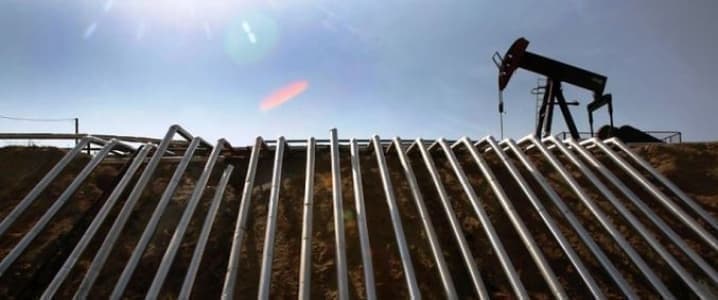Chart Industries shareholders have approved the company’s $13.6-billion all-cash sale to Baker Hughes, positioning the Houston-based energy technology giant at the center of the expanding markets for both LNG and industrial gases, Reuters reports.
The vote, held Monday, follows regulatory filings confirming that Baker Hughes will pay $210 per share in cash, with closing targeted for mid-2026, pending antitrust clearance and other customary conditions, according to Reuters.
The acquisition represents one of the largest energy-technology transactions since Baker Hughes’ 2017 merger with GE Oil & Gas. It cements Chief Executive Lorenzo Simonelli’s strategy to diversify beyond traditional oilfield services into growth segments, including LNG, hydrogen, carbon capture, and data-center cooling systems, where Chart’s cryogenic and process equipment already dominate global supply chains. The companies said the combination would create “an unmatched portfolio spanning the molecule’s full lifecycle,” from gas production and liquefaction to transport and industrial consumption.
In a late July press release, Baker Hughes projected $325 million in annual cost synergies within three years, driven by overlapping manufacturing sites, procurement scale, and streamlined R&D. Financing will come from a Goldman Sachs and Morgan Stanley bridge facility to be refinanced through long-term debt issuance. Chart will continue to operate as a distinct brand within Baker Hughes’ Industrial & Energy Technology division.
The deal overrides Chart’s earlier $19-billion stock-based merger agreement with Flowserve, which will now receive a $266 million termination fee, as confirmed by FT. Analysts told the Houston Chronicle the takeover underscores intensifying competition to capture midstream and downstream equipment demand as LNG capacity expands in the U.S., Qatar, and Africa.
Chart’s existing contracts in Qatar, Mozambique, and the U.S. Gulf Coast will give Baker Hughes immediate leverage in upcoming LNG expansions and carbon-capture projects, areas where demand for liquefaction and storage equipment is surging.
There are expectations that this acquisition will reverberate through the LNG supply chain, with rivals such as Technip Energies, Worley, and Saipem feeling under pressure to rethink their exposure to high-spec cryogenic systems.
By Charles Kennedy for Oilprice.com
More Top Reads From Oilprice.co

